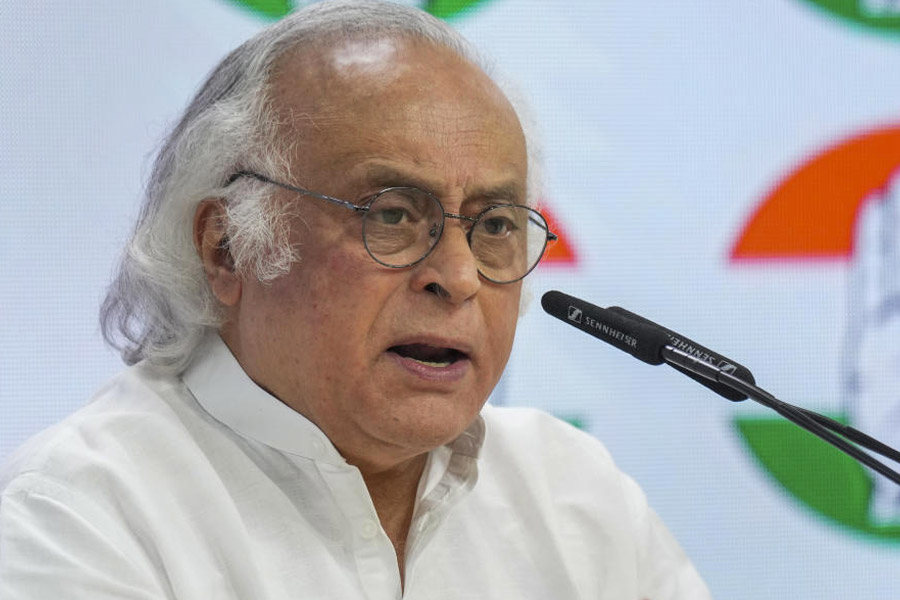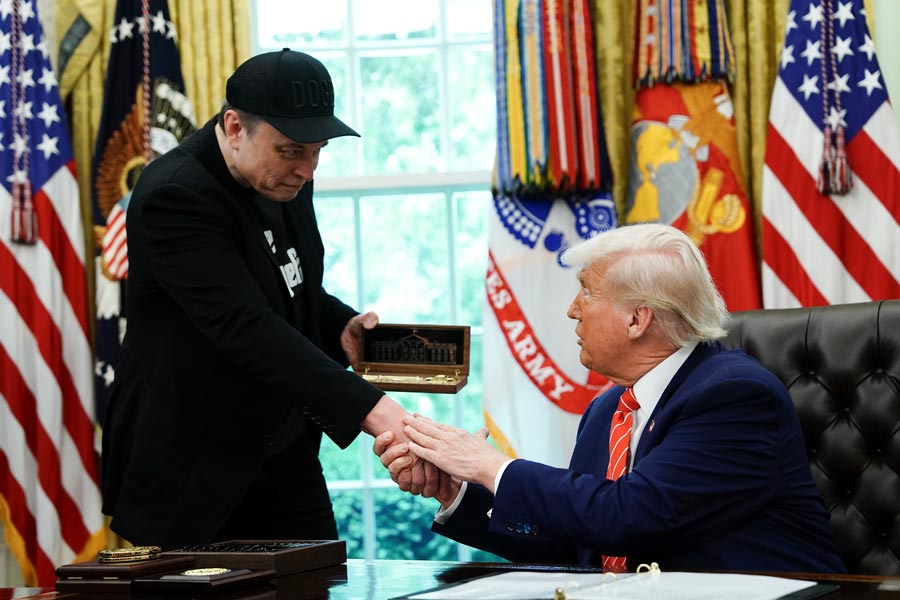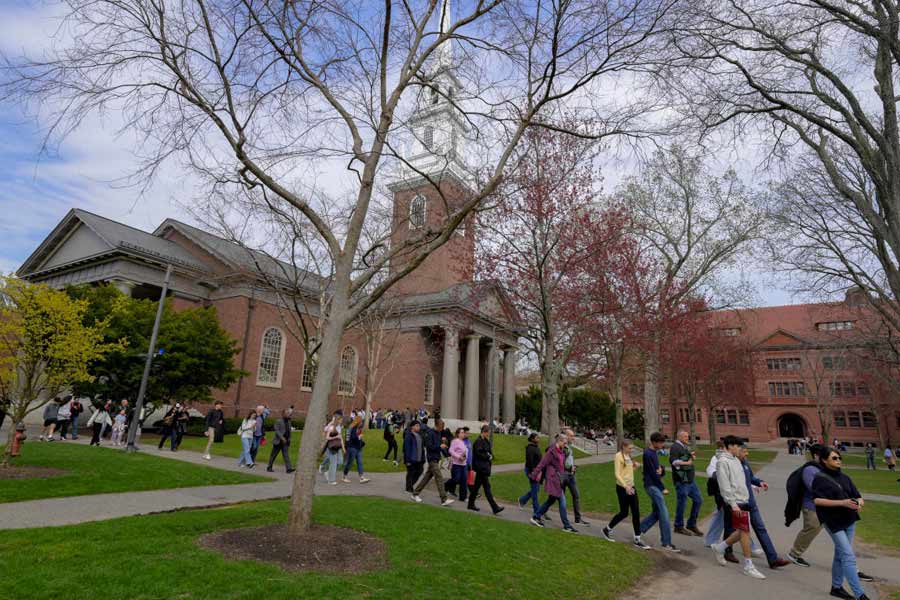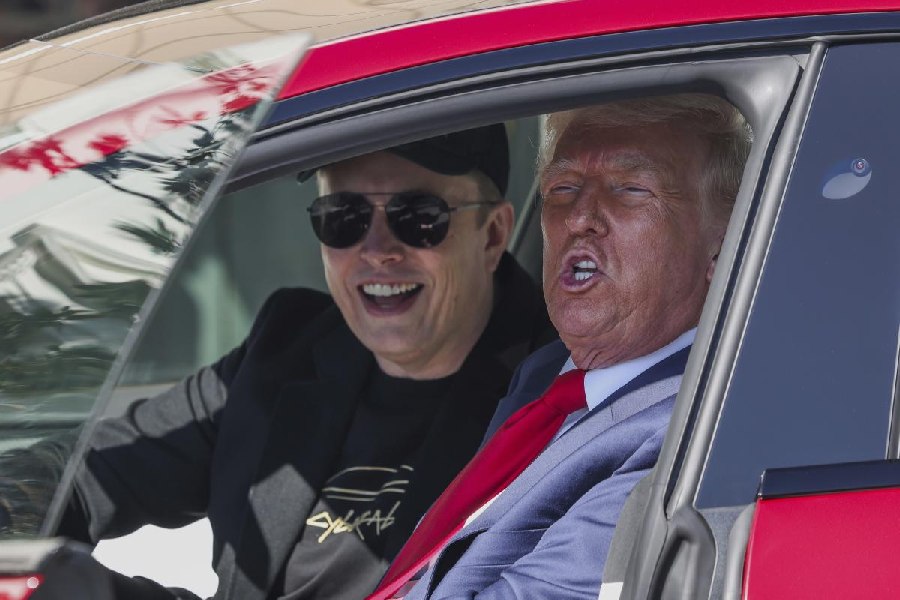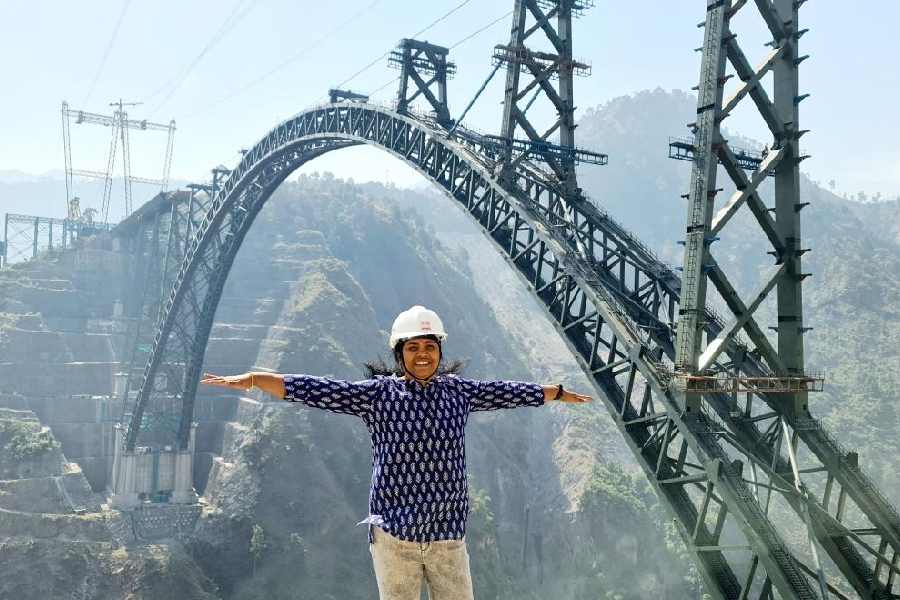|
|
As India plays out the opening overs of the 2004 general election, it is instructive to look at the two models of campaigning familiar to the Anglo-Saxon world. Since 1950, the United Kingdom has veered to the short, sharp election campaign stretching for less than a month. The American presidential election, on the other hand, is an expensive and extensive process that stretches to a year, beginning with the New Hampshire primary and concluding with the final vote in November.
There are some obvious merits in the British way of doing things. A compact three-week election campaign exposes the voters to a sustained campaign. It is short enough to prevent voter fatigue but long enough to ensure that the incumbent is not placed in a position of undue advantage. The long-distance race that the US presidential election involves may be useful in weeding out the faint-hearted and allowing the media to explore every detail of the candidate, but it takes a toll on public involvement. Politics is not everything in the life of a citizen and organized exposure to it must necessarily be time-bound.
In India, we appear to have chosen an intermediate route. Nearly five months would have lapsed between the time the Bharatiya Janata Party leadership met in the prime minister’s house on December 23 last year to okay the election and the final round of voting on May 10. The period, while nullifying any in-built advantage for the incumbent, also means that voters are over-exposed to electoral politics. Coupled with the intense heat of the summer, the 2004 general election may lead to a modest voter-turnout, which is not good for democracy.
Yet, despite some inherent shortcomings of the Indian time-table, an examination of how the two major formations have coped with the race is revealing. They provide valuable pointers to both the health and the responsiveness of the contestants.
The BJP had an initial advantage it made full use of. It was absolutely clear in its mind that it wanted Election 2004 to centre on the image and leadership credentials of the prime minister, Atal Bihari Vajpayee. Despite India being a parliamentary democracy where voters elect members of parliament, the BJP sought to transform the battle into a presidential campaign and project Vajpayee as the candidate in 542 seats.
The reason for this approach was not centred on a sudden endorsement of the personality cult. Its logic lay in effective political communication. Despite gratuitous advice from pundits that policies, not personalities, are what matters, voters have a penchant for identifying with a face. As the deputy prime minister, L.K. Advani, never tires of pointing out, this is as true of mature Western democracies as it is of India. He repeatedly cites the example of the British Conservative Party that encapsulated its policies under the label of Thatcherism.
There is no Vajpayee-ism that is being posited to the voters this year. What the BJP has instead done is link the catchy theme of India Shining or Bharat Uday with the face of Vajpayee. The very successful road-building programme is the prime minister’s “dream project” and the Pradhan Mantri Gramin Sarak Yojana. Likewise, the inter-linking of rivers, which is the BJP’s campaign theme in water-starved rural areas, is packaged as Vajpayee’s second dream project.
The importance of linking policies with a personality can hardly be over-stated. As a party wedded to claims of distinctiveness, the BJP has often suffered from its inability to package its nationalism in a manner that is universally acceptable. It took refuge behind Lord Ram in 1991 and this enabled it to effect a great leap forward, from two seats in 1984 to 121 seats in 1991. Unfortunately for it, this advance was at the cost of respectability. The BJP was projected by its opponents as being exclusively preoccupied with religion. It was this image problem that resulted in Vajpayee being unable to sustain a government beyond 13 days in 1996.
This time the packaging is radically different. Over the past five years, the BJP has enthusiastically added economic liberalization and globalization to its traditional concerns. Many of these have found reflection in the party’s Vision Document, which is as yet the most politically significant centre-right alternative to the Nehruvian model. Yet, the ideological significance of this new course has been subsumed by a somewhat over-simplified but highly effective stress on leadership. In 1994, at a National Executive session, Advani claimed that Hindutva is the ideological mascot of the BJP; in 2004, Vajpayee has become the new mascot. Since the popularity and acceptability of Vajpayee exceeds that of the BJP and the National Democratic Alliance, this presidential approach may well yield good dividends.
Whether the Congress opted out of the leadership contest in 2004 by design or out of a misplaced desire to redefine the rules of engagement is not known. However, both on account of leadership and ideological positioning, the Congress finds itself caught between two stools.
For five years, since the day Sonia Gandhi asserted before waiting cameras that “we have 272”, the Congress persisted with projecting the Italian-born widow of Rajiv Gandhi as the great white alternative to Vajpayee. The no-confidence motion moved by Sonia in the Lok Sabha last year was meant to symbolize that she was the prime minister-in-waiting and Congress-run state governments never failed to include a mandatory photograph of the leader in their advertisements.
It speaks volumes for the Congress’s strategic sense that it junked their projection of Sonia as the party’s prime ministerial candidate within days of the first shot being fired in the campaign. Not merely that, after sidestepping the issue of Sonia, it retreated into a shell, emerging only after Rahul Gandhi announced his candidature for Amethi.
The Congress’s political ambitions seem to keep pace with the priorities of the Nehru-Gandhi family. Once it became clear that Sonia was unlikely to be a major challenger to Vajpayee, the Congress abandoned its quest for power and shifted to a holding operation. In 2004, its limited objective is to hold on to its 1999 position, elevate Sonia to an emeritus role and begin the projection of the Rahul-Priyanka team. The Congress is not fighting the 2004 polls; it is setting the stage for the contest in 2009.
The ad-hocism that marked the leadership question was also evident in the party’s last-minute U-turn on economic issues. Throughout much of the NDA’s tenure, the Congress disowned the Narasimha Rao inheritance and veered sharply to the left, pandering to its constituency of the socially disadvantaged. Then, without any hint of explanation, it changed its theme from “with the poor” to “with the common man” and attempted to appropriate some of the features of the Shining India campaign. Unfortunately, this shift took place too late in the day for any impact on the ground. Consequently, the Congress is left without any alternative Big Idea to the BJP’s promise to make India a developed economy and a great power by 2020. From all accounts, Rahul will be projected as a great modernizer, just as Rajiv was in 1984. However, at present his only image is that of an inheritor of the family estates.
A successful election strategy is dependant on consistency, endurance and percolation. It needs a ready-made package that can have the maximum impact in a given time. The BJP realized this as early as the elections to the four state assemblies last December. A Congress, shaken by unexpected defeats, attempted to re-define itself. But the project lacked seriousness and was hostage to the churning process within the first family. Its Election 2004 strategy is a perfect example of what not to do in politics.



